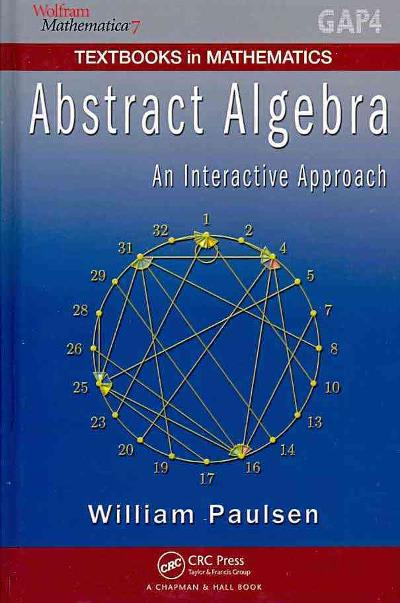Answer the following questions?
\fThe Koch Curve Fractal The Koch Curve is a fractal that starts with 2 3 a simple pattern made of a line that is divided into 3 equal parts. Erase the middle segment and replace it with an upsidedown "V" shape, and now W the whole pattern is made up of four line 4 segments. Next, we do the same thing again. Each of those four lines is divided in thirds, and the middle segment is replaced with a "V" 16 There are now 4x4 or 16 line segments. Fractals are never-ending patterns made by repeating the same idea over again. So next, we'll replace each of the 16 line seg- ments with the same pattern again. Each time we do this, the curve gets more jagged and complicated, and its length - or perimeter - gets bigger. Eventually, the pattern starts to look like a fractal in nature, such as a coastline, or part of a snowflake.The Koch Curve Fractal The Koch Curve fractal is interesting because it is similar to some fractais found in nature. In some ways, the l-(och Curve looks like the coastline of a continent or an island. Coastlines are usually not smooth, straight lines, but instead they have lots of similar detail at different sizes. Coastlines are fractals. How long is the coastline of Britain (shown to the right]? The answer is: it depends how closely you measure it! With a very small ruler; the length, or perimeter, is vER'r' large, as more and more details appear at small scales. Imagine measuring every rock, pebble and grain of sand on the beach! Why are coastlines fractals? Because theyr are formed by simple, repetitive processes, over thousands or millions of years. The crashing of waves slowly erodes the coastline. So does the ris- lng and falling of the tides. Giant storms also erode the coastline, leaving behind fractal patterns. These shapes are much more irregular than the Koch Curve, but they are both formed in similar ways. Another naturally occurring fractal that the Koch Curve reminds us of is hinted at below. If you take 3 copies of the Koch Curve, rotate them and combine them as shown, you end up with a 6-fold symmetric object... that looks like a snowake! Snowakes grow by expanding outward from the center, and branching again and again. It's not exactly the same process as the Koch Curve, but they are both made by doing a simple thing over and over agaln. Like all fractals, complex shapes come from simple repetition. The Koch Curve Fractal. The first version of the shape, Iteration 1, has been drawn for you, and consists of 4 segments, Iteration Number of Length of Total Length segments each segment each 27 units long, for a total length of 108 108 Using a pencil, divide each segment into 3 equal AN m parts, then replace the middle third of the seg- ment with an upsidedown "V". This is Iteration 2. Count how many segments you have now, and figure out how long each of these segments is. Multiply the number of segments by the length of each to find the total length of the Koch Curve. Repeat this process to make Iterations 3 and 4, each time erasing the middle segment and re- placing it with a smaller copy of the "V". Fill in the values in the table for Iteration 3 and 4. .Length = .27. do










